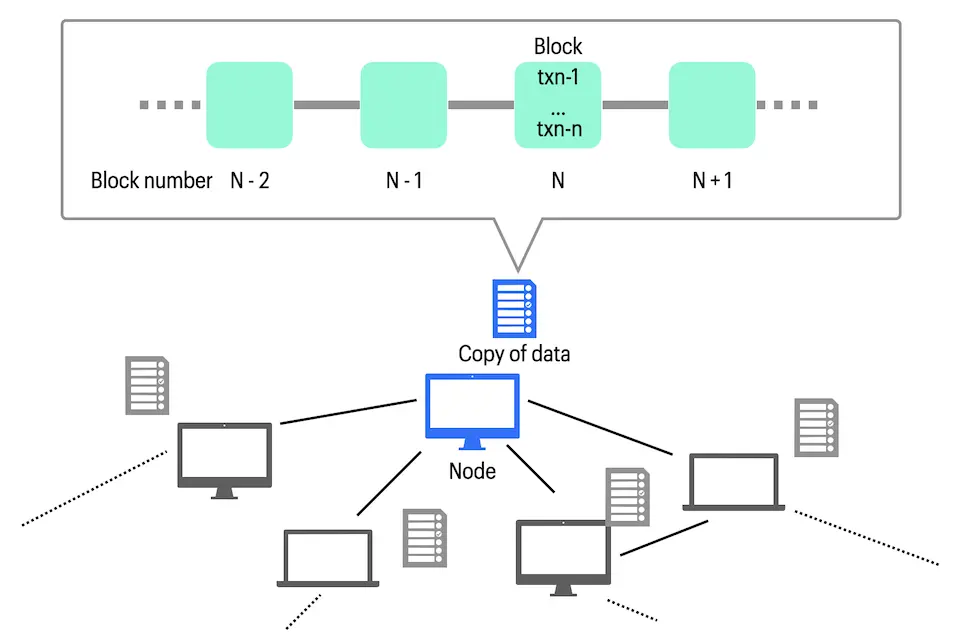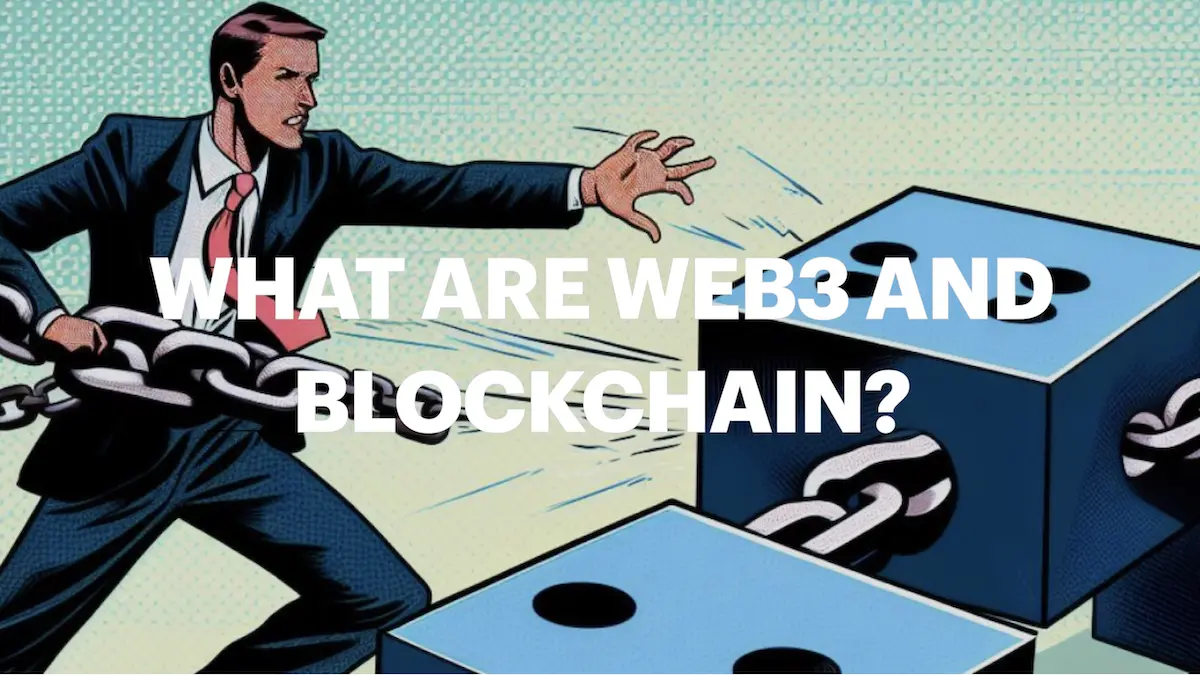On Day 1, we will start by explaining what web3.0 is.
Definition
When organizing web3.0 from a user’s perspective, it can be defined as follows:
- The era centered around reading static content was web1.0.
- The era where bidirectional communication emerged, with users also uploading information to the web, was web2.0.
- The next new era of the web is web3.0.
Web3.0 is one of the new forms of the web that adopts blockchain as the foundation of its backend. Due to this, understanding web3.0 requires an understanding of blockchain structure.
So, what is blockchain? Simply put, it is a ‘mechanism for storing data on computers distributed around the world’.
History
The most famous blockchain is Bitcoin, which is also the world’s first blockchain. Bitcoin is a service built based on a paper published by a fictional person named Satoshi Nakamoto.
Next came Ethereum, which added the functionality of smart contracts (a mechanism for executing contracts programmatically) to blockchain. Ethereum was introduced in a white paper by a real person, Vitalik Buterin, who is also the founder of Ethereum.
There have been many others announced since then. Some offer additional functionalities, while others aim to improve upon the challenges faced by previous blockchains.
Why is it Getting Attention?
There are several reasons why blockchain has been gaining attention in recent years.
- Many people believe in its value as digital gold (Bitcoin).
- The market price of cryptocurrencies based on blockchain has soared due to speculative fervor (attracting attention for investment purposes).
- Unlike the centralized structure (services provided by specific companies) of up to web2.0, it allows the use of services without necessarily having to trust specific companies (the advantage of less reliance on trust in services is gaining attention).
So, what are the characteristics of blockchain?
Characteristics of Blockchain
Decentralization
Blockchain data is stored on numerous computers (nodes) distributed globally. Each node runs blockchain software (such as the Ethereum Virtual Machine, or EVM) and exchanges data with each other. It’s a global database, but each node keeps a copy of all transaction data.

Transparency
Transactions on the blockchain, and the programs executed during these transactions (such as smart contracts, which will be described later), can be inspected by anyone.
Immutability
Once executed, it’s very difficult to change the contents of a transaction, ensuring high data immutability. While not technically impossible to modify, it is extremely difficult, especially in large blockchain networks like Bitcoin or Ethereum. Also, once a program is released on the blockchain, it cannot be altered (preventing someone from rewriting it to suit their own purposes).
Efficiency
Taking international money transfers as an example, traditional methods can be time-consuming, whereas transactions on the blockchain are much quicker.
Contracts by Code
Many blockchains developed after Ethereum feature what are known as smart contracts. A smart contract is a software program that executes automatically when a transaction is processed. For example, in a digital image sales site, the transfer of ownership of the image to the buyer immediately upon payment is handled by the program.









Comments